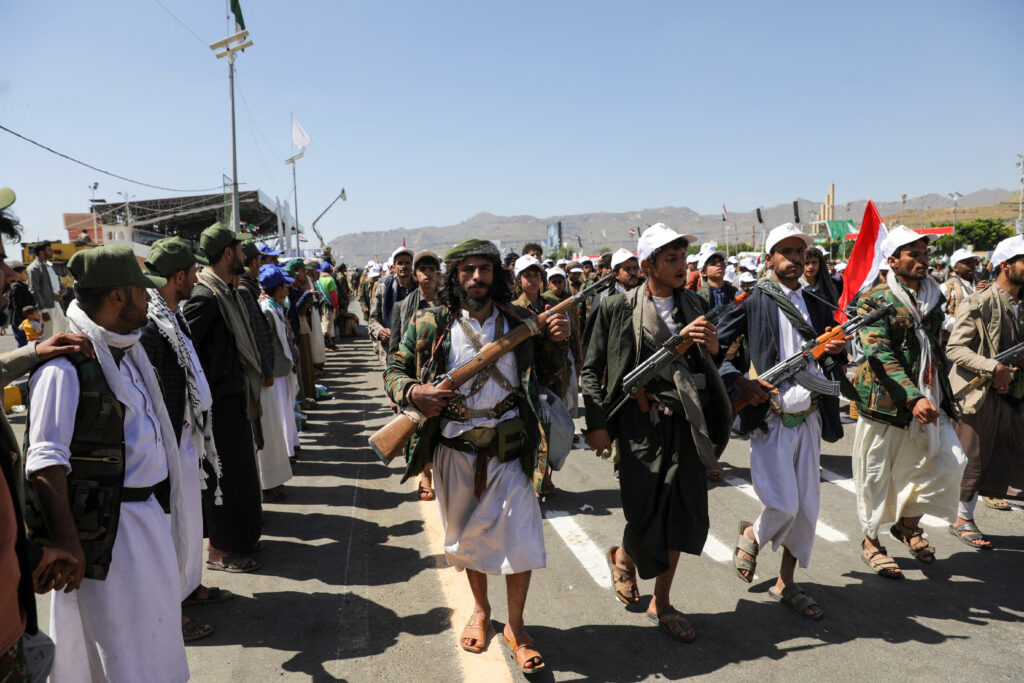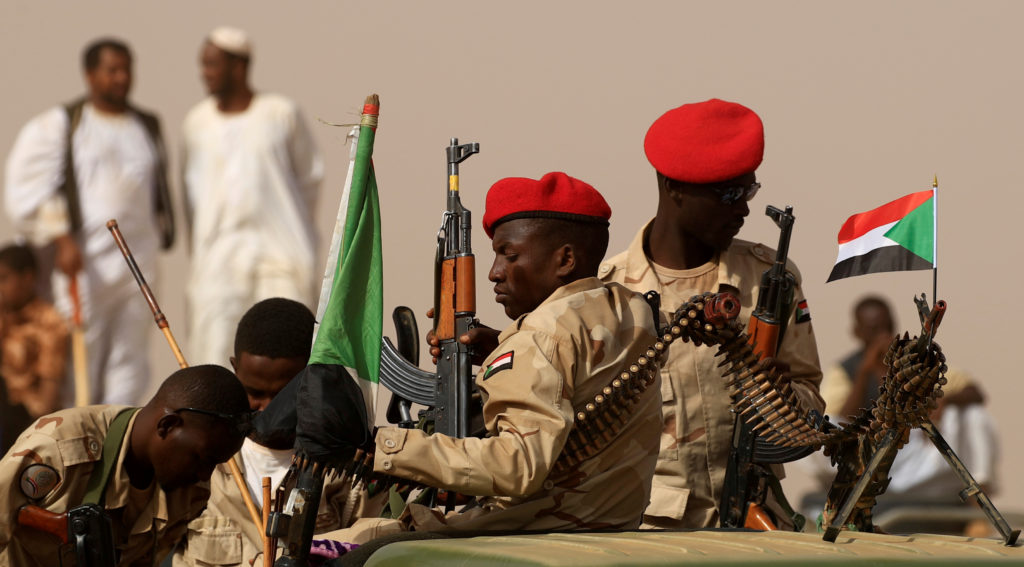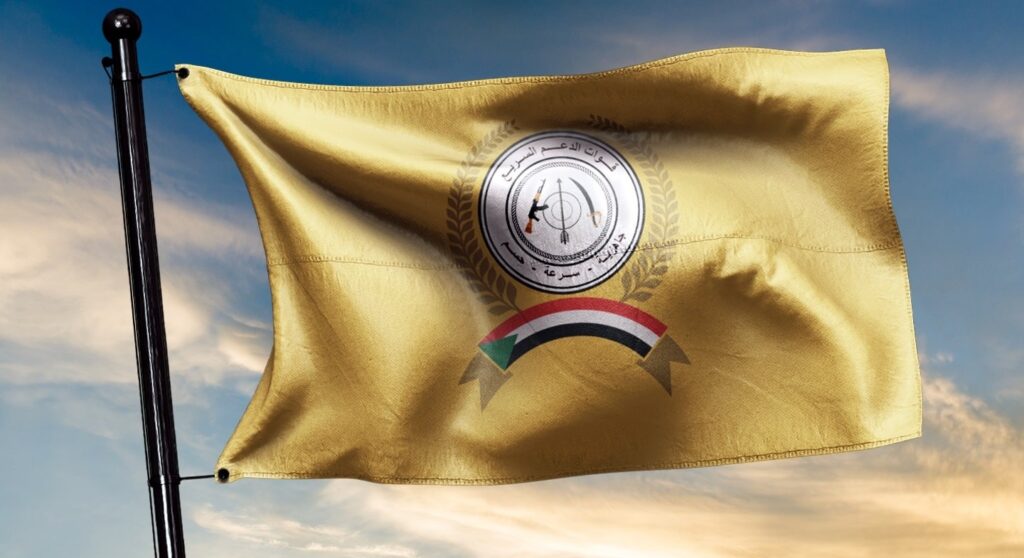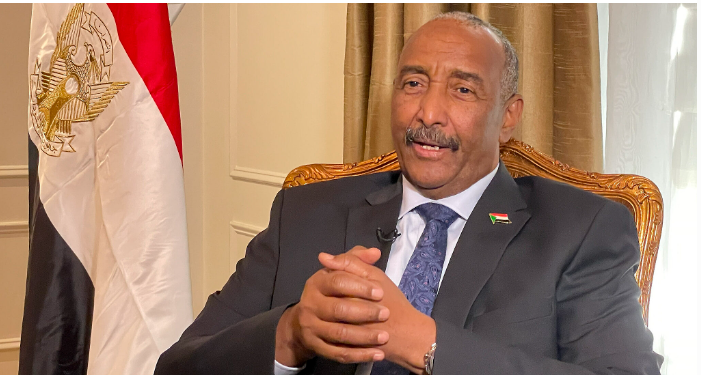
Iran has begun establishing a military foothold for Yemen’s Houthi movement in Port Sudan, Alhurra reported, as Tehran’s renewed cooperation with General al-Burhan’s army (SAF) expands from diplomatic ties to weapons and expertise routed through the Port Sudan SAF junta’s airport.
The report cites accounts that flights into Port Sudan have carried drones and missiles in addition to passengers and cargo. The development follows the US State Department’s Sept. 12, 2025 sanctions on Finance Minister Jibril Ibrahim and the Al-Baraa Ibn Malik Brigade, and comes after Tehran and Khartoum restored relations in October 2023.
Analysts say Iran moved swiftly as Sudan’s civil war dragged on between the SAF and the Rapid Support Forces (RSF) of Mohamed Hamdan Dagalo (Hemedti), seeking a fresh Red Sea outlet amid stalled nuclear talks with Washington. Shipments of Iranian weapons allegedly began arriving in late 2023 and accelerated through 2024, helping the SAF blunt RSF advances toward the capital.
The Houthi dimension has sharpened concerns. In September 2025, the group struck two vessels near Saudi Arabia’s Yanbu, roughly 600 miles from Yemen’s coast — a sign, observers say, of expanding range and tactics. Yemeni and Gulf commentators argue Sudan’s coastline could serve as a launch pad for drones or explosive boats, easing pressure on Houthi bastions in Hodeidah and Sana’a.
Fahd al-Sharafi, an adviser to Yemen’s information minister, said Tehran stepped up support after the Port Sudan SAF junta accused Arab states of backing Hemedti. “We have information on squadrons of Mohajer drones and anti-tank missiles transferred to Sudan in October 2024 via Port Sudan Airport,” he said.
Strategists describe Sudan as a logical logistics rear for the Houthis: a place to stash munitions and spares, tap Horn of Africa smuggling routes, and exert leverage over the Bab al-Mandab and Red Sea shipping lanes. For Tehran, the arrangement would widen pressure points on Saudi Arabia, Egypt and Israel while opening doors into Africa.
Iran’s Sudan playbook is not new. Through the 1990s and 2000s, Khartoum courted the IRGC, received Iranian warships in 2011, and allowed arms bound for Hamas, drawing isolation and US terror-sponsor allegations. Under sanction pressure, Sudan pivoted in 2014 toward Saudi Arabia and the UAE, joined the Yemen coalition, and cut ties with Iran in 2016 — only to edge back after the 2023 Saudi-Iran détente and Sudan’s own war.
Yet experts say Tehran’s gains are constrained. Yemeni Brig. Gen. Thabet Hussein Saleh argues the Houthis are executing Iran’s plan to seed a new stronghold, but doubts Sudan can host a permanent base amid internal resistance and regional pushback. Saudi analyst Faisal al-Shammari warns any Houthi-Iran footprint risks empowering smuggling networks and eroding state authority, and would remain fragile if neighbors act to block it.
Reliance on ad-hoc local deals in a fractured landscape leaves the project vulnerable, analysts add. The United States and Israel have previously struck Sudan-based smuggling nodes, including a 2009 attack on facilities linked to the IRGC. With the Red Sea already a live theater since 2023 — from Houthi threats against commercial traffic and US energy firms to periodic Israeli strikes in Yemen — any Sudan link could widen the conflict’s map.
For now, Sudan is both battleground and bridge: a civil war arena where the SAF leans on Tehran, and a logistics node the Houthis could exploit. Whether it hardens into a lasting base or remains a transient waypoint will hinge on Sudan’s internal trajectory and the readiness of regional and international actors to close the door. As al-Shammari put it, “Sudan’s instability could prove more burden than boon for the Houthis.”




